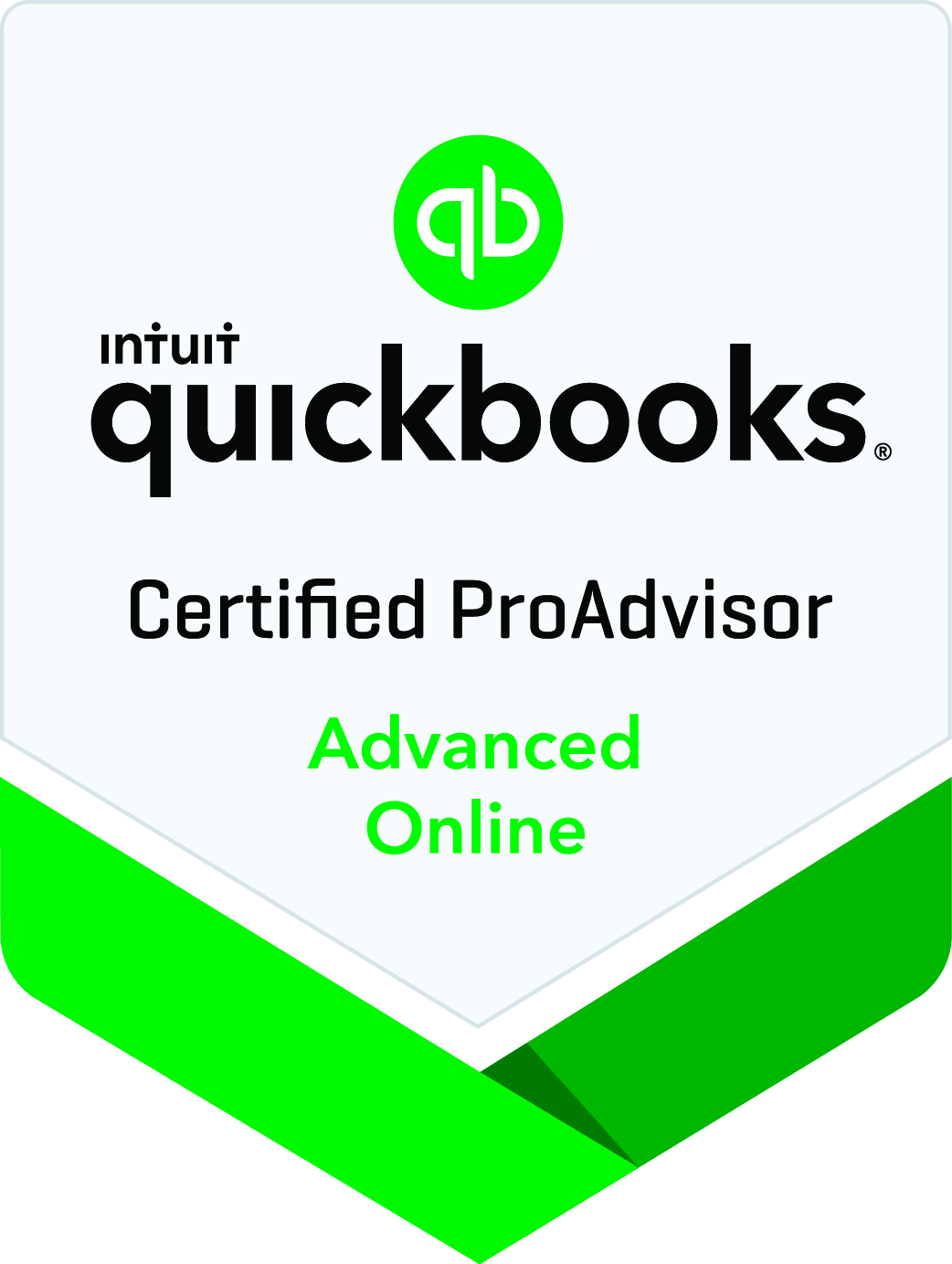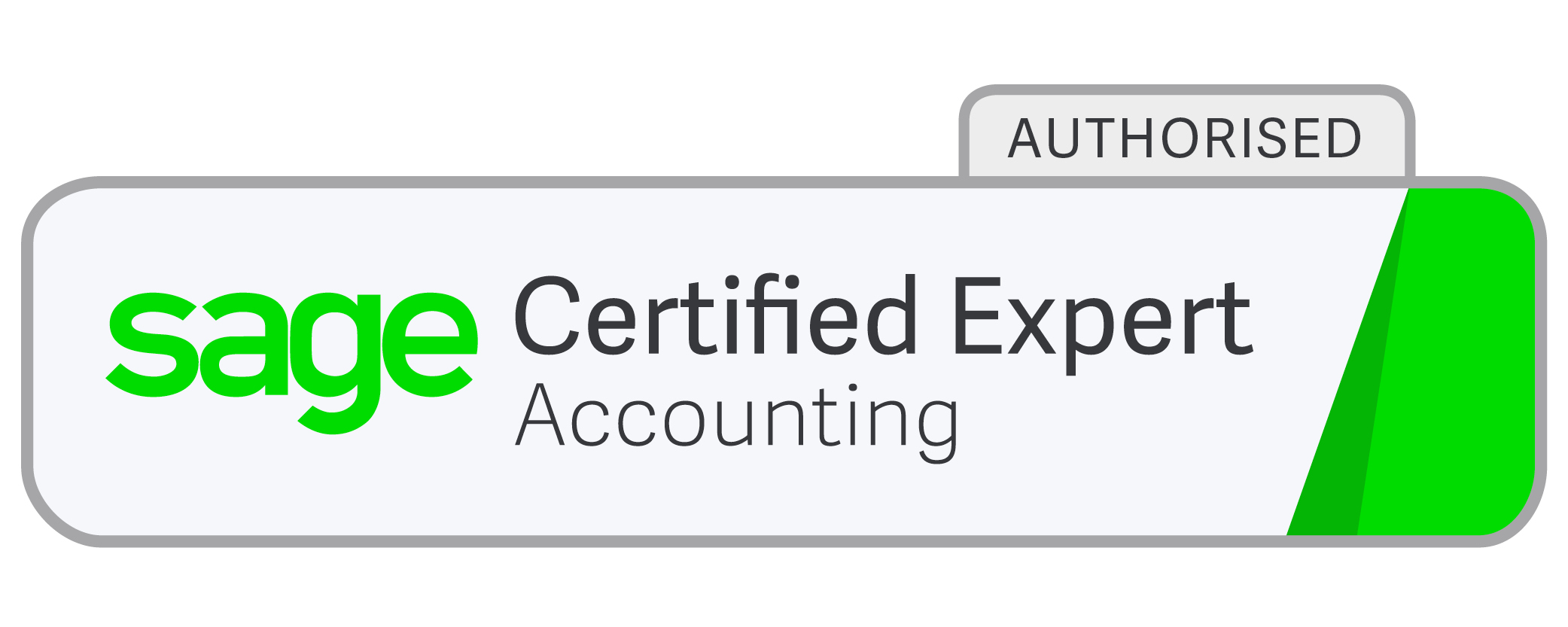October questions and answers
Newsletter issue - October 2017.
Q. My mother gave my daughter £5,000 on 1 May 2013. She had not made any other gifts in previous years. Unfortunately my mother passed away on 1 September 2017. How much of the gift she gave to her granddaughter is chargeable to inheritance tax?
A. Since your mother did not make any other gifts, the gift she made to your daughter will be covered by inheritance tax annual exemptions - £3,000 for 2013/14 plus her unused exemption brought forward from 2012/13 (£3,000 available).
Q. I am a self-employed builder. I carried out a job for a customer and invoiced him for £750. The customer did not pay the invoice and I have since discovered that he has been declared bankrupt. I included the £750 in my turnover figures. Can I claim tax relief for the unpaid bill?
A. A deduction can generally be made for a bad or doubtful debt in the year in which the debt becomes bad or doubtful. The HMRC Business Income Manual (at BIM42701) states:
'A deduction is not allowed for a debt owed to a trader except:
- a bad debt;
- a doubtful debt to the extent estimated to be bad. In the case of the bankruptcy or insolvency of the debtor this means the debt except to the extent that any amount may reasonably be expected to be received on the debt;
- a debt or part of a debt released by the creditor wholly and exclusively for the purposes of the trade as part of a statutory insolvency arrangement.'
You should be able to write off the debt and claim a deduction of £750 in your accounts.
Q. I purchased a buy-to-let property in 2000 and rented it out straight away. I lived there myself for two years between 2006 and 2008, but since then it has been rented out again. I am now selling the property. Will I qualify for lettings relief?
A. Since the property was your qualifying principal private residence for a period of time during your ownership, you should be eligible for a certain amount of lettings relief when you sell it.
HMRC's Capital Gains Manual (at CG64710) states:
'Relief is due under TCGA 1992, s. 223(4) where:
- a gain to which TCGA 1992, s. 222 applies accrues to an individual; and
- part or all of the dwelling house has at some time in the individual's period of ownership been let as residential accommodation; and
- a chargeable gain arises by reason of the letting.
The amount of the relief is the lowest of:
- the amount of private residence relief given by TCGA 1992, s. 223(1) to (3); or
- £40,000; or
- the amount of the chargeable gain arising by reason of the letting.'
 Cookies are small text files that are stored on your computer when you visit a website. They are mainly used as a way of improving the website functionalities or to provide more advanced statistical data.
Cookies are small text files that are stored on your computer when you visit a website. They are mainly used as a way of improving the website functionalities or to provide more advanced statistical data.



















